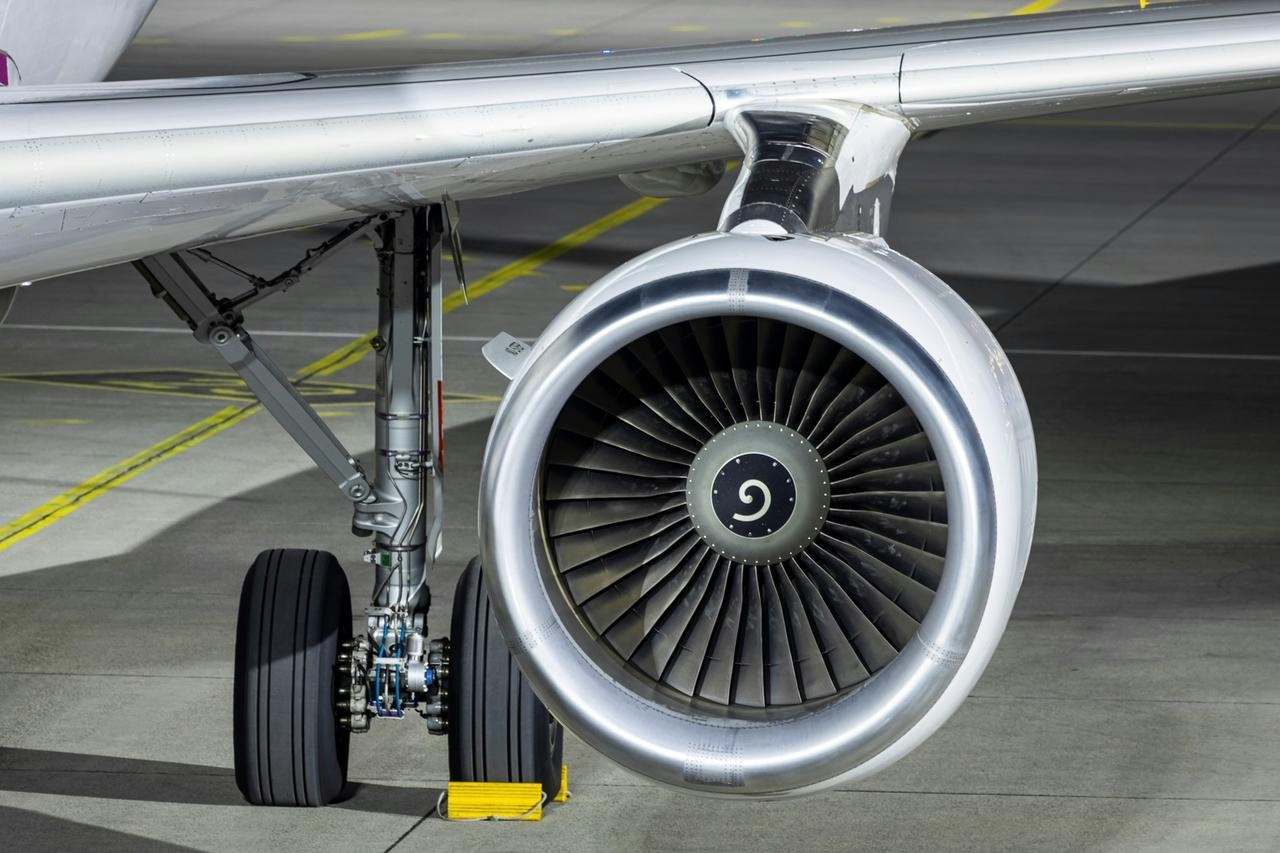
AeroGenie — Votre copilote intelligent.
Tendances
Categories
Hybrid Power Systems Introduced for Homebuilt Aircraft
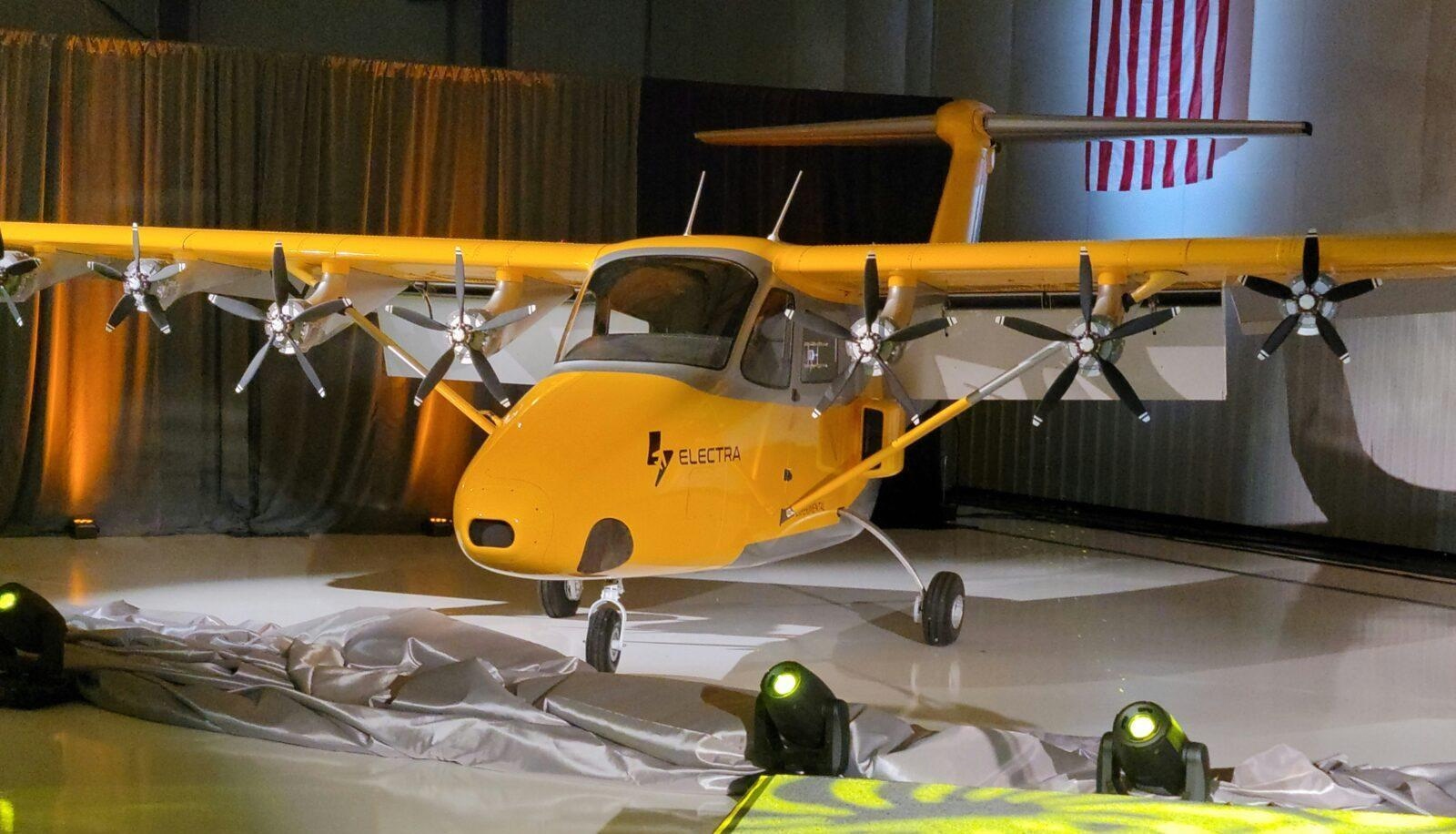
Hybrid Power Systems Transform Homebuilt Aircraft Sector
Hybrid power systems are gaining significant traction within the homebuilt aircraft market, signaling a transformative moment for aviation enthusiasts and industry stakeholders. Recent technological advancements combined with key regulatory approvals have generated optimism, even as the sector contends with intricate challenges related to certification and integration.
Industry Progress and Technological Advancements
Prominent companies such as VoltAero and Ampaire have recently achieved Federal Aviation Administration (FAA) certification for their hybrid-electric powertrains, marking important milestones that highlight growing acceptance of hybrid propulsion in the aviation community. These developments reflect a broader industry trend, with firms like XTI Aerospace and VerdeGo actively advancing their own hybrid-electric propulsion projects. Additionally, Mitsubishi Heavy Industries, in collaboration with Yamaha Motor, is exploring hybrid-powered unmanned aerial vehicles (UAVs), underscoring the expanding application of hybrid technology across both manned and unmanned platforms.
Benefits and Challenges of Hybrid Adoption
The integration of hybrid power systems in homebuilt aircraft offers several advantages, including reduced emissions, enhanced fuel efficiency, and quieter operation. These benefits align closely with global environmental objectives and shifting consumer preferences toward sustainable aviation solutions. The adaptability of hybrid systems to both piloted and unmanned aircraft broadens their potential uses, ranging from personal aviation to surveillance and logistics operations.
Nonetheless, the transition to hybrid propulsion is accompanied by significant hurdles. Regulatory complexities and protracted certification processes remain formidable obstacles, particularly for homebuilt aircraft where retrofitting new propulsion technologies into existing designs presents engineering difficulties. Furthermore, the adoption of hybrid systems necessitates specialized pilot training, adding an additional layer of complexity to widespread implementation.
Despite these challenges, market response has been largely favorable. The influx of investment and active participation from established aerospace companies reflect strong growth prospects. VoltAero and Ampaire’s recent FAA certifications have attracted considerable attention, while XTI Aerospace and VerdeGo continue to develop their hybrid-electric platforms to meet increasing demand.
Emerging Market Dynamics and Future Prospects
The competitive landscape is rapidly evolving as more companies seek to establish a presence in this nascent market. Mitsubishi Heavy Industries’ partnership with Yamaha Motor on hybrid UAVs exemplifies the technology’s expanding relevance beyond conventional aircraft, with promising applications across diverse sectors.
However, the path forward remains complex. Certification procedures are often lengthy and costly, and integrating hybrid systems into existing airframes requires precise engineering solutions. Regulatory bodies are still in the process of formulating standards tailored to these emerging technologies, which may delay broader adoption. The requirement for specialized pilot training further complicates the transition.
Nonetheless, hybrid power systems are positioned to reshape the homebuilt aircraft industry by fostering innovation and advancing sustainability. With recent regulatory endorsements, increased industry investment, and growing interest across aviation sectors, hybrid propulsion is transitioning from concept to practical application. As certification frameworks mature and more companies enter the market, hybrid systems are expected to become an increasingly prevalent feature in both manned and unmanned aviation.
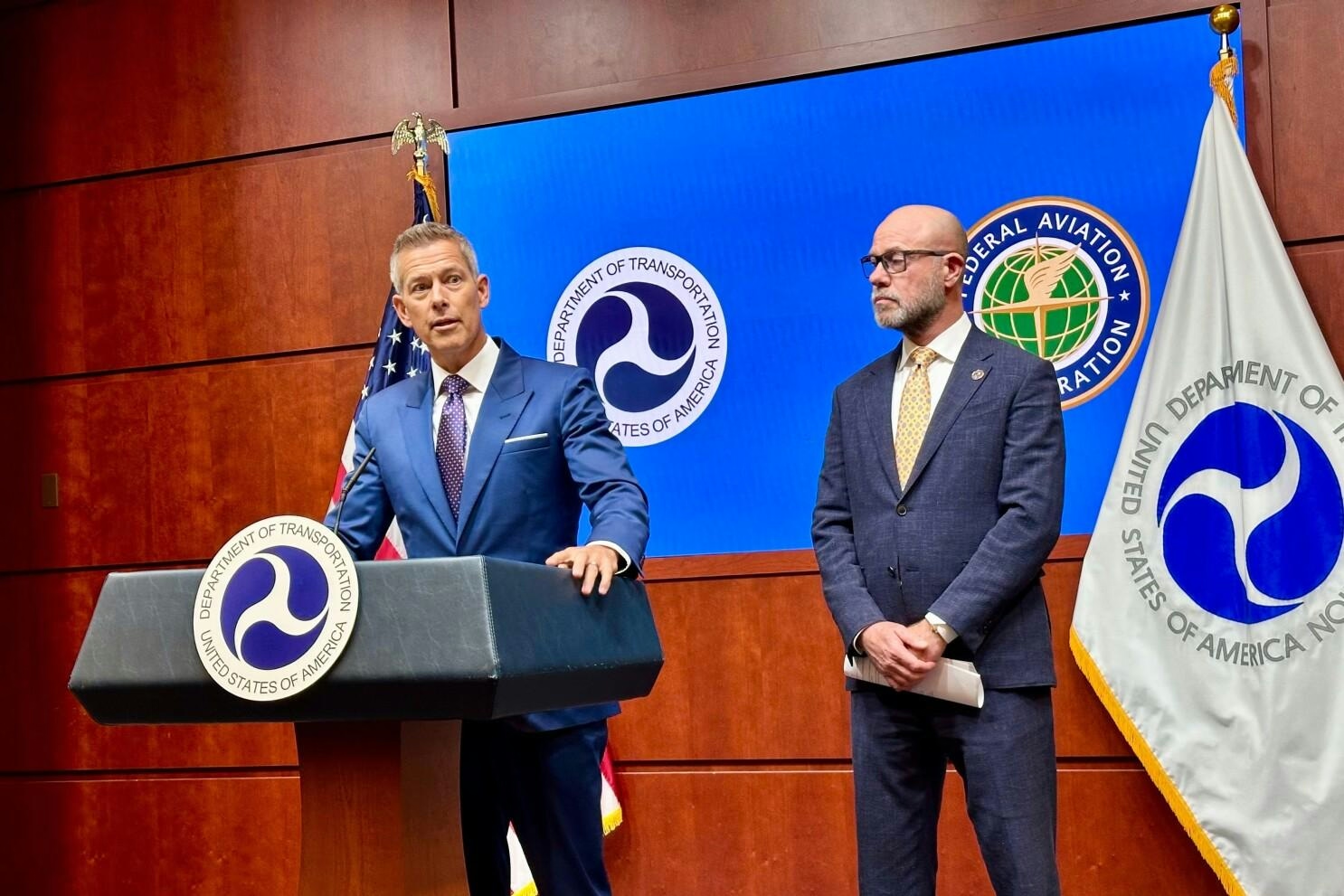
Airline CEOs Urged Trump Officials to Defend Flight Reductions
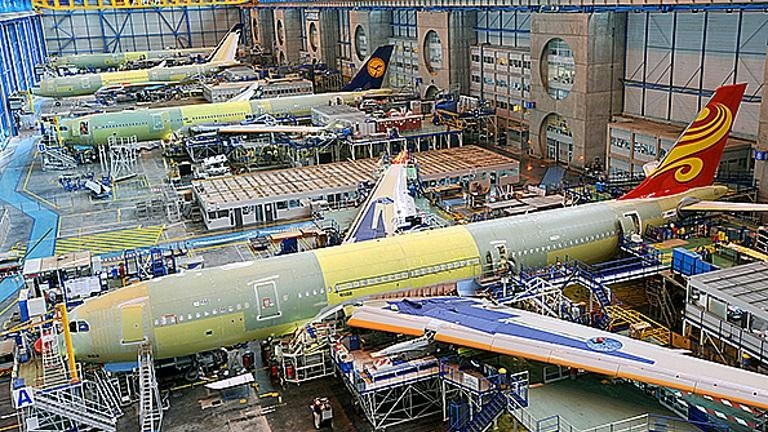
Airbus Orders Rise Amid Global Demand Exceeding Capacity
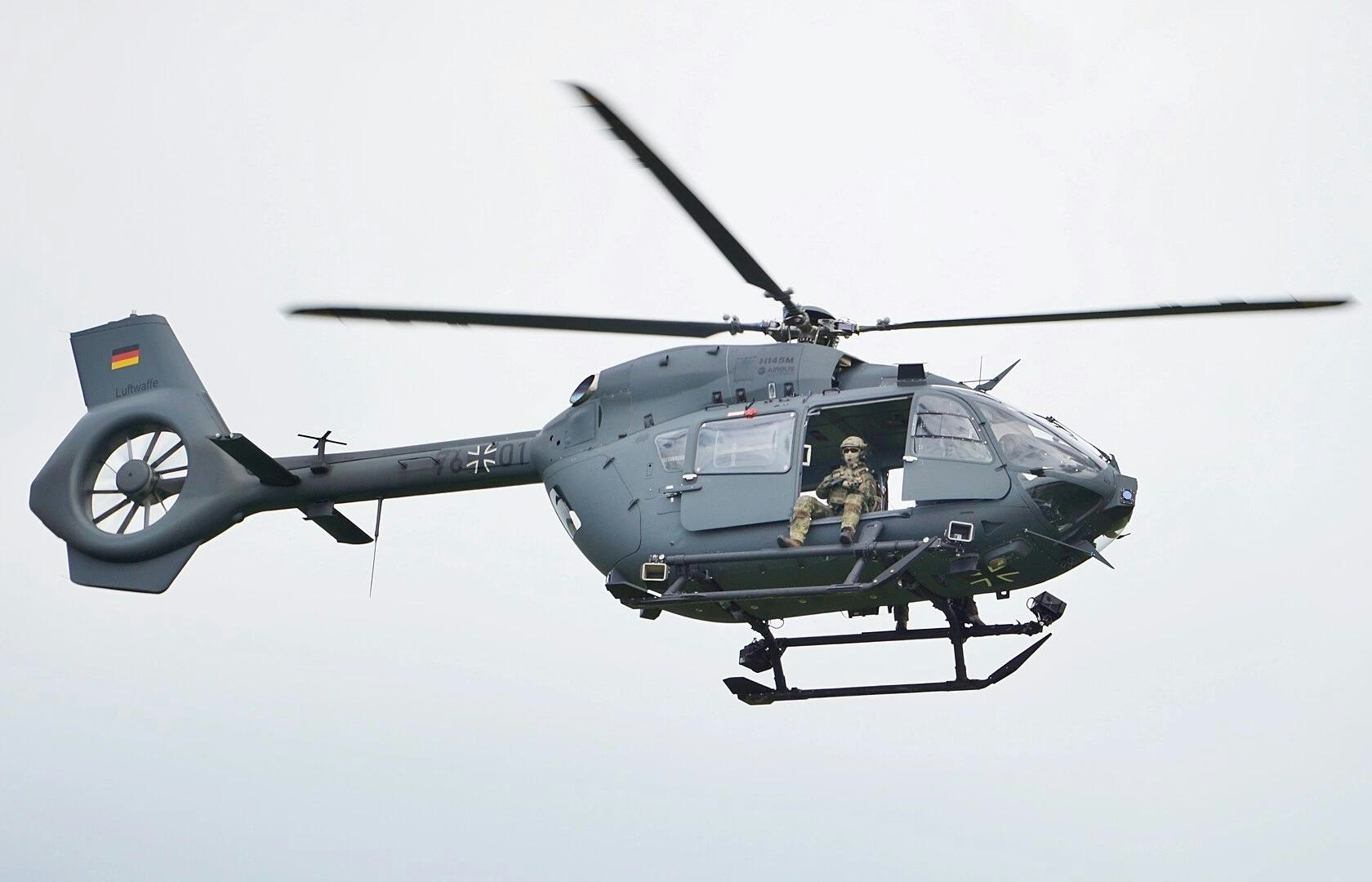
Germany Signs $1.2 Billion Deal with Leading Helicopter Manufacturer
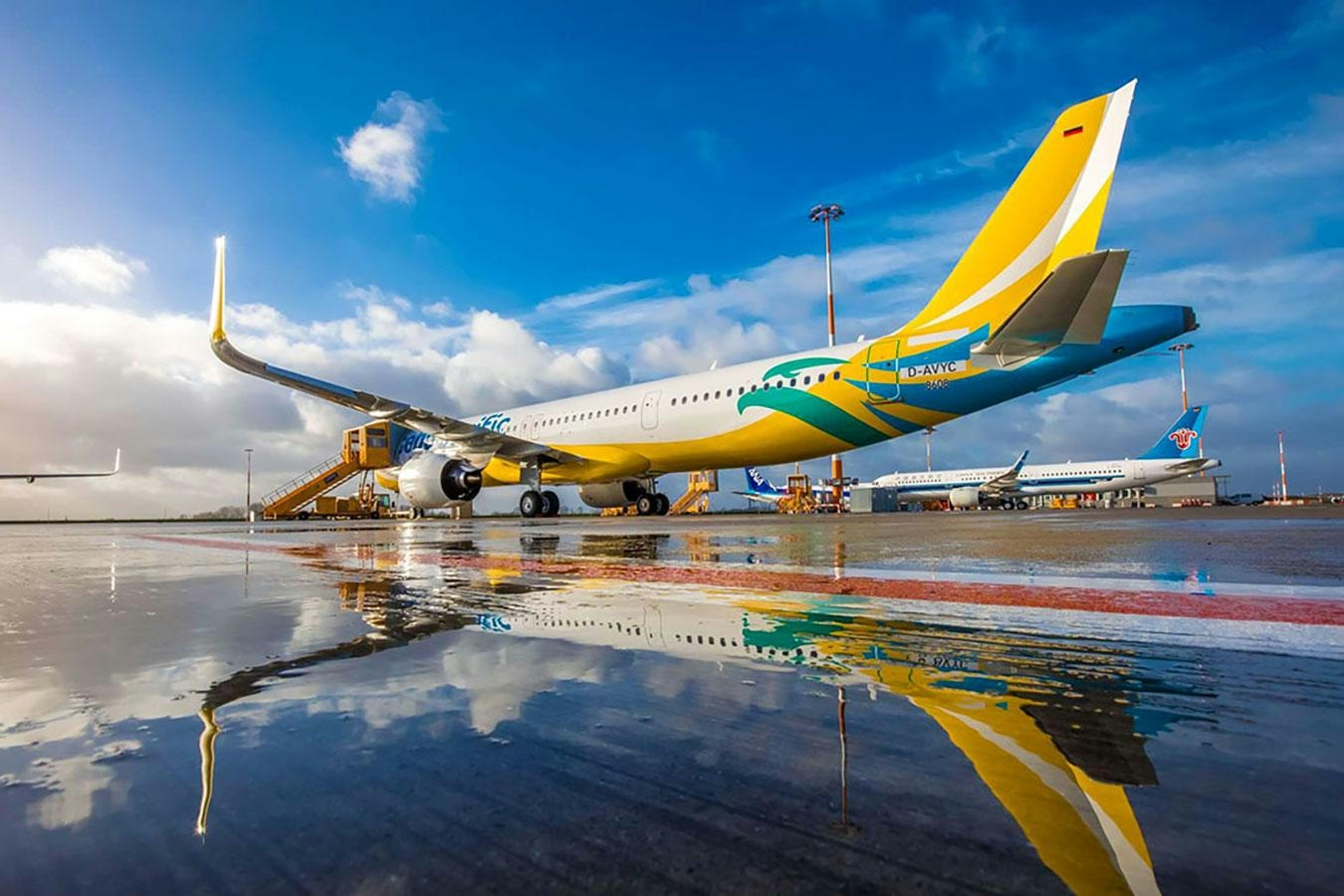
Cebu Pacific Introduces Damp-Leased Aircraft to Improve Travel Experience

JSSI Names Molly Hennessy Chief Product and Technology Officer
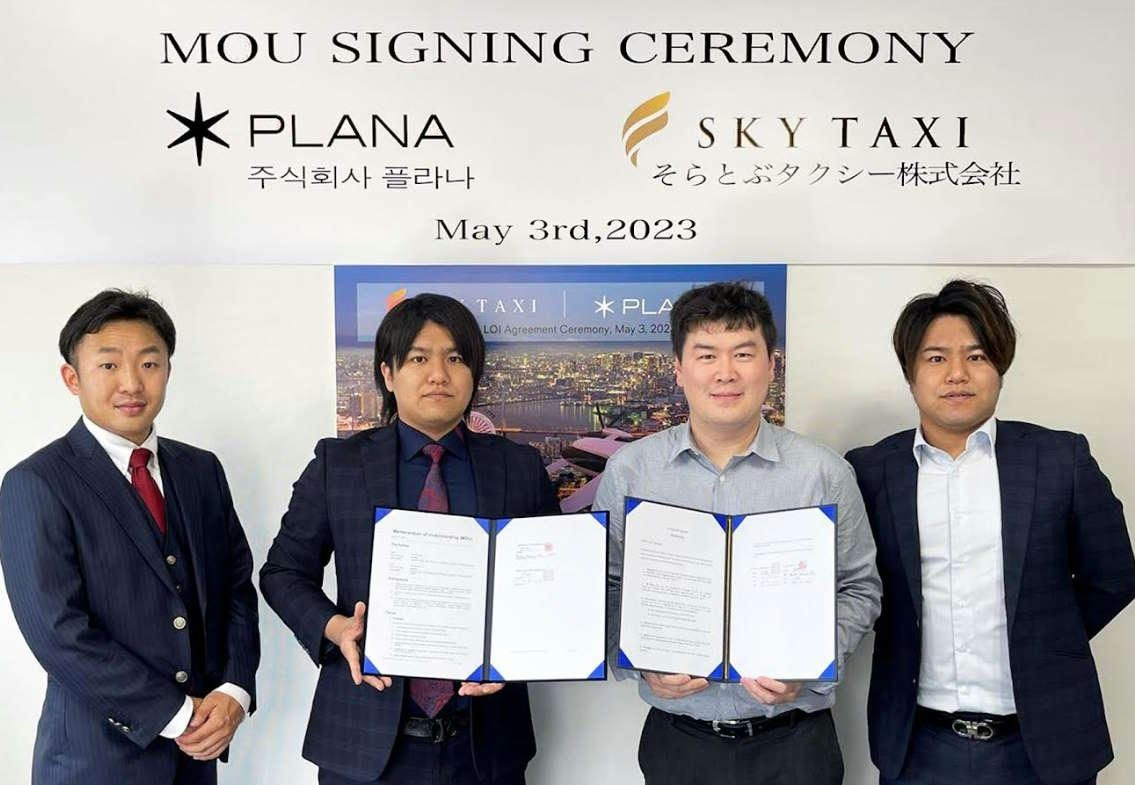
Japanese Air Taxi Firm SoratobuTaxi Invests in Plana US
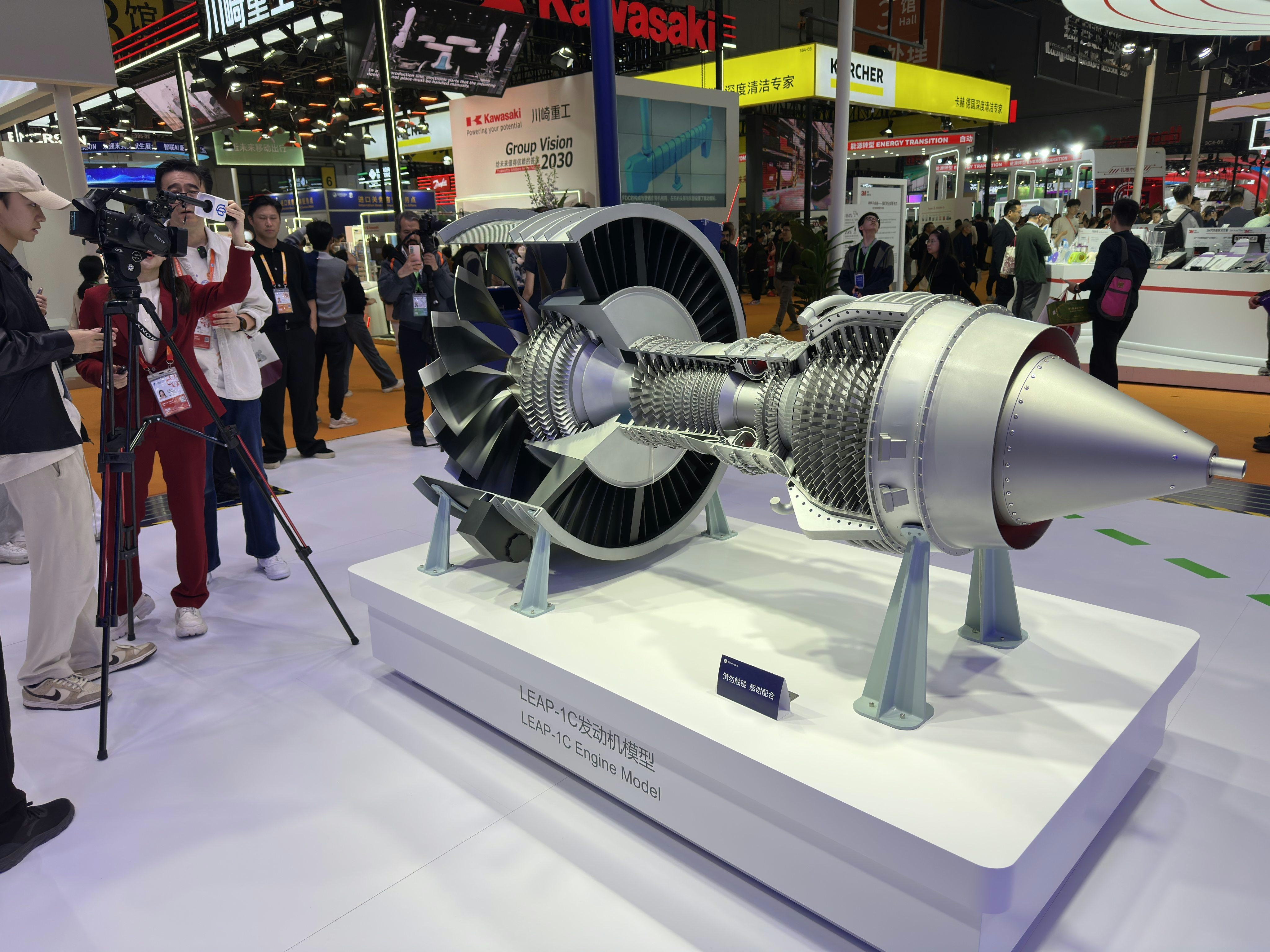
Engine Shortages Delay China’s C919 Deliveries Amid Global Aerospace Bottlenecks
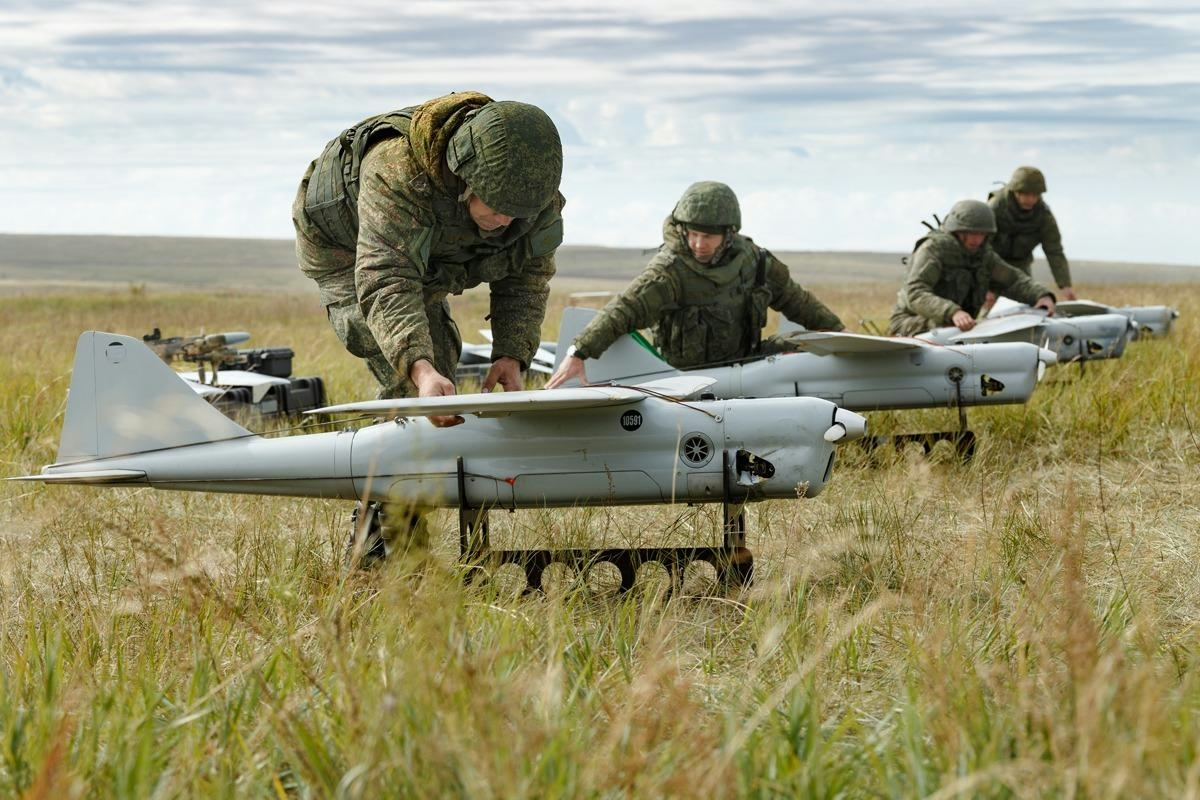
The Emerging Role of Drones and AI in Combat Aviation
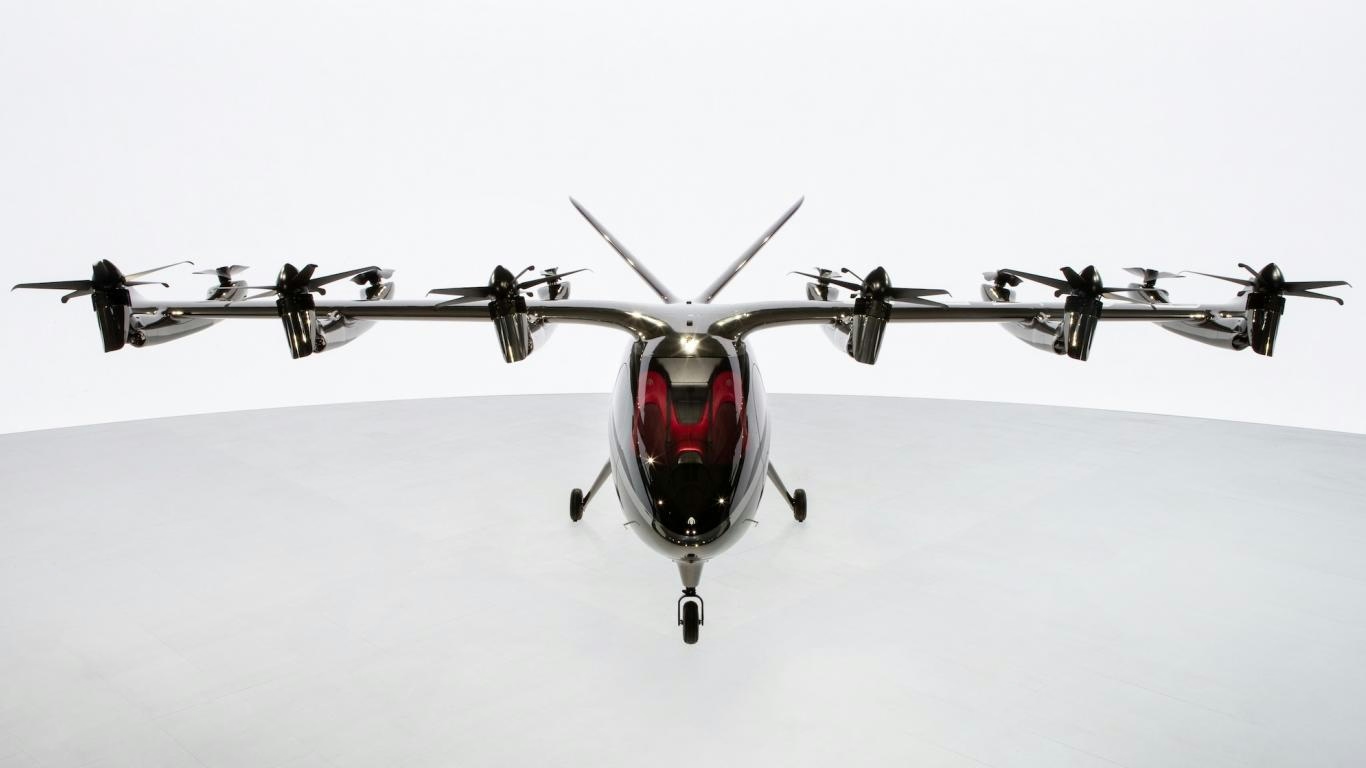
AI’s Turbulent Ascent: Why Aviation’s Tech Boom Could Ground Pilots in 2025
